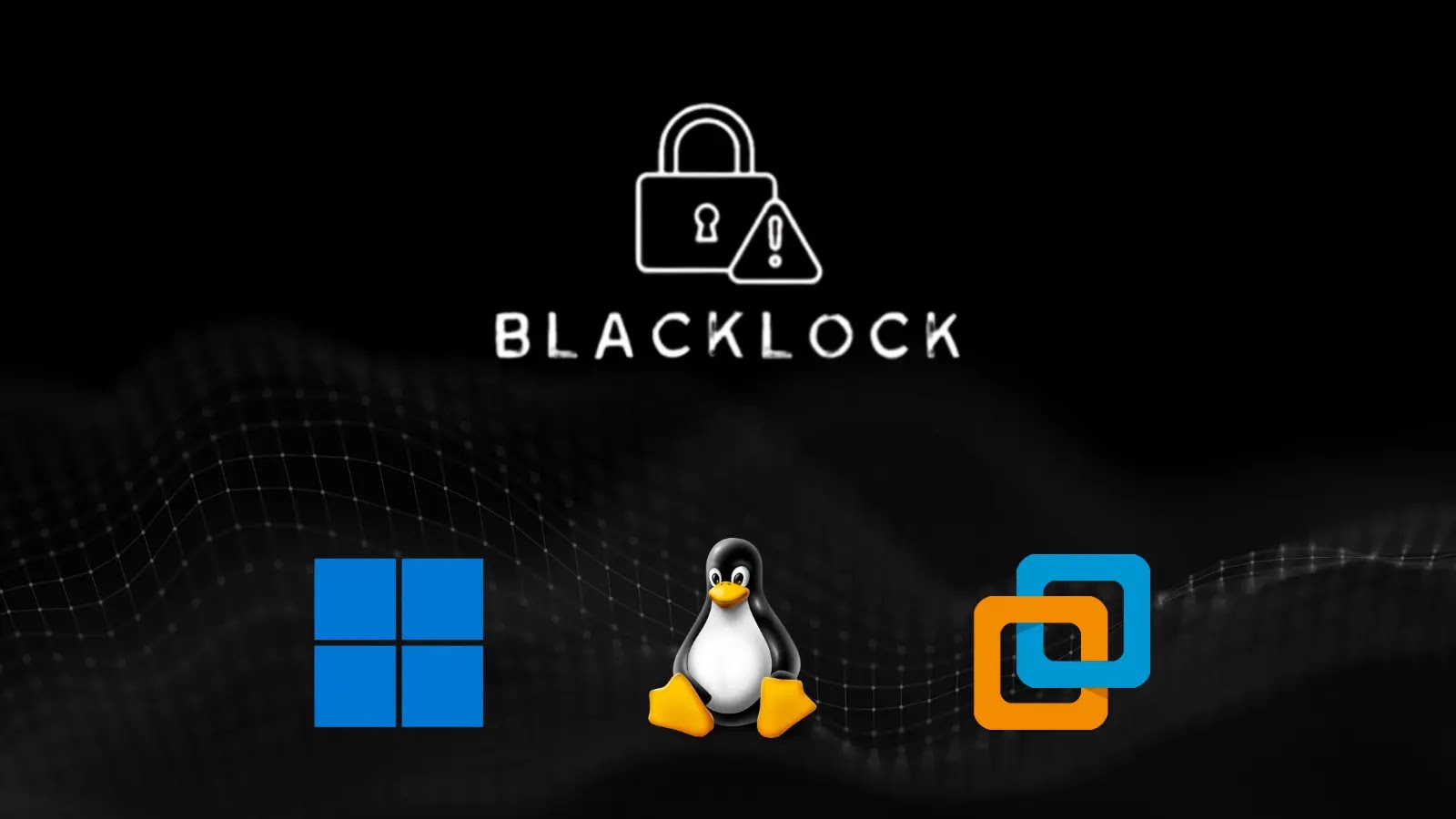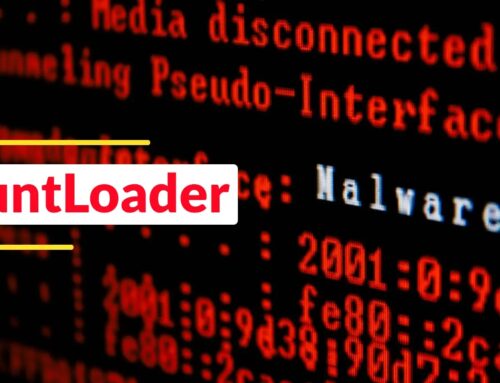
BlackLock Ransomware Attacking Windows, Linux, and VMware ESXi Environments
Organizations face an ever-evolving barrage of cyber threats, and the emergence of sophisticated new ransomware operations underscores the continuous need for robust defensive strategies. A significant new player, dubbed BlackLock ransomware, has recently surfaced, exhibiting advanced cross-platform capabilities that pose a substantial risk to diverse computing environments, including Windows, Linux, and VMware ESXi systems. Understanding BlackLock’s tactics and implementing proactive measures is crucial for protecting your digital assets.
BlackLock Ransomware: A New Cross-Platform Threat
Initially operating under the moniker “El Dorado” since March 2024, this ransomware group rebranded to BlackLock in September 2024. This rebranding signals a calculated evolution and a clear intent to establish itself as a formidable force within the ransomware landscape. BlackLock’s multi-platform attack capability is particularly concerning, as it allows threat actors to target a wider array of enterprise infrastructure with a single ransomware strain. This adaptability positions BlackLock as a more versatile and dangerous adversary compared to ransomware strains limited to a single operating system.
Understanding BlackLock’s Modus Operandi
BlackLock ransomware employs a targeted approach, often leveraging common initial access vectors such as:
- Exploiting Vulnerabilities: Attackers frequently scan for and exploit unpatched vulnerabilities in public-facing services. While no specific CVEs have been publicly linked to BlackLock’s initial access methods yet, common examples include vulnerabilities in RDP, VPNs, and web applications. Staying up-to-date with patches for known vulnerabilities like those listed on CVE-2023-34362 (MOVEit Transfer vulnerability) or CVE-2021-44228 (Log4Shell) remains paramount.
- Phishing Campaigns: Social engineering tactics deliver malicious attachments or links, leading to system compromise.
- Compromised Credentials: Stolen or weak credentials provide direct access to an organization’s network.
Once inside, BlackLock aims to encrypt critical data, disrupting operations and demanding a ransom payment for decryption keys. The ability to target Windows workstations and servers, Linux systems crucial for backend operations, and VMware ESXi, which underpins much of modern virtualized infrastructure, makes BlackLock a truly comprehensive threat.
Remediation Actions and Proactive Defenses
Defending against advanced threats like BlackLock requires a multi-layered security approach. Implementing the following actions can significantly reduce your organization’s risk profile:
- Patch Management: Proactively and consistently apply security updates and patches to all operating systems, applications, and network devices. Prioritize critical vulnerabilities, especially those affecting internet-facing services. Regularly check for new CVEs and patch them promptly.
- Strong Authentication: Enforce strong, unique passwords and enable Multi-Factor Authentication (MFA) everywhere possible, particularly for VPNs, RDP, and administrative accounts.
- Network Segmentation: Implement network segmentation to isolate critical systems and data. This limits the lateral movement of ransomware if a breach occurs in one segment.
- Endpoint Detection and Response (EDR): Deploy EDR solutions on all endpoints. These tools can detect and respond to suspicious activities, stopping ransomware before it fully encrypts systems.
- Regular Backups: Maintain immutable, offline backups of all critical data. Test your backup and recovery procedures regularly to ensure data can be restored efficiently in the event of an attack.
- Employee Training: Conduct regular security awareness training to educate employees about identifying phishing attempts and practicing safe browsing habits.
- Principle of Least Privilege: Grant users only the minimum necessary access to perform their job functions. This limits potential damage if an account is compromised.
- Monitor VMware ESXi: Specifically for VMware environments, ensure ESXi hosts are hardened following best practices, monitor logs for unusual activity, and restrict administrative access. Isolate vCenter Server and ESXi hosts from the main network as much as possible.
Essential Security Tools for Ransomware Defense
Leveraging the right tools is critical in detecting, preventing, and mitigating ransomware attacks like BlackLock.
| Tool Name | Purpose | Link |
|---|---|---|
| Endpoint Detection and Response (EDR) Solutions | Real-time threat detection, investigation, and response on endpoints. | Gartner Peer Insights (for EDR vendors) |
| Vulnerability Scanners | Identifies security weaknesses and misconfigurations in networks and applications. | Tenable Nessus |
| SIEM (Security Information and Event Management) | Aggregates and analyzes security logs from various sources to detect threats. | Splunk Enterprise Security |
| Offline Backup Solutions | Secures data off-network, preventing ransomware from encrypting backups. | Veeam Backup & Replication |
| Network Intrusion Detection/Prevention Systems (NIDS/NIPS) | Monitors network traffic for suspicious activity and blocks malicious connections. | Snort |
Key Takeaways for Cybersecurity Professionals
The emergence of BlackLock ransomware signifies a growing trend where threat actors develop versatile tools capable of targeting diverse IT infrastructure. Its ability to compromise Windows, Linux, and VMware ESXi environments means organizations must adopt a holistic security strategy. Proactive patch management, robust authentication, network segmentation, and diligent monitoring are no longer optional but essential safeguards against rapidly evolving threats. Staying informed about new ransomware variants and continuously refining your defensive posture will be critical in protecting your organization from the financial and reputational damage that ransomware attacks inflict.





